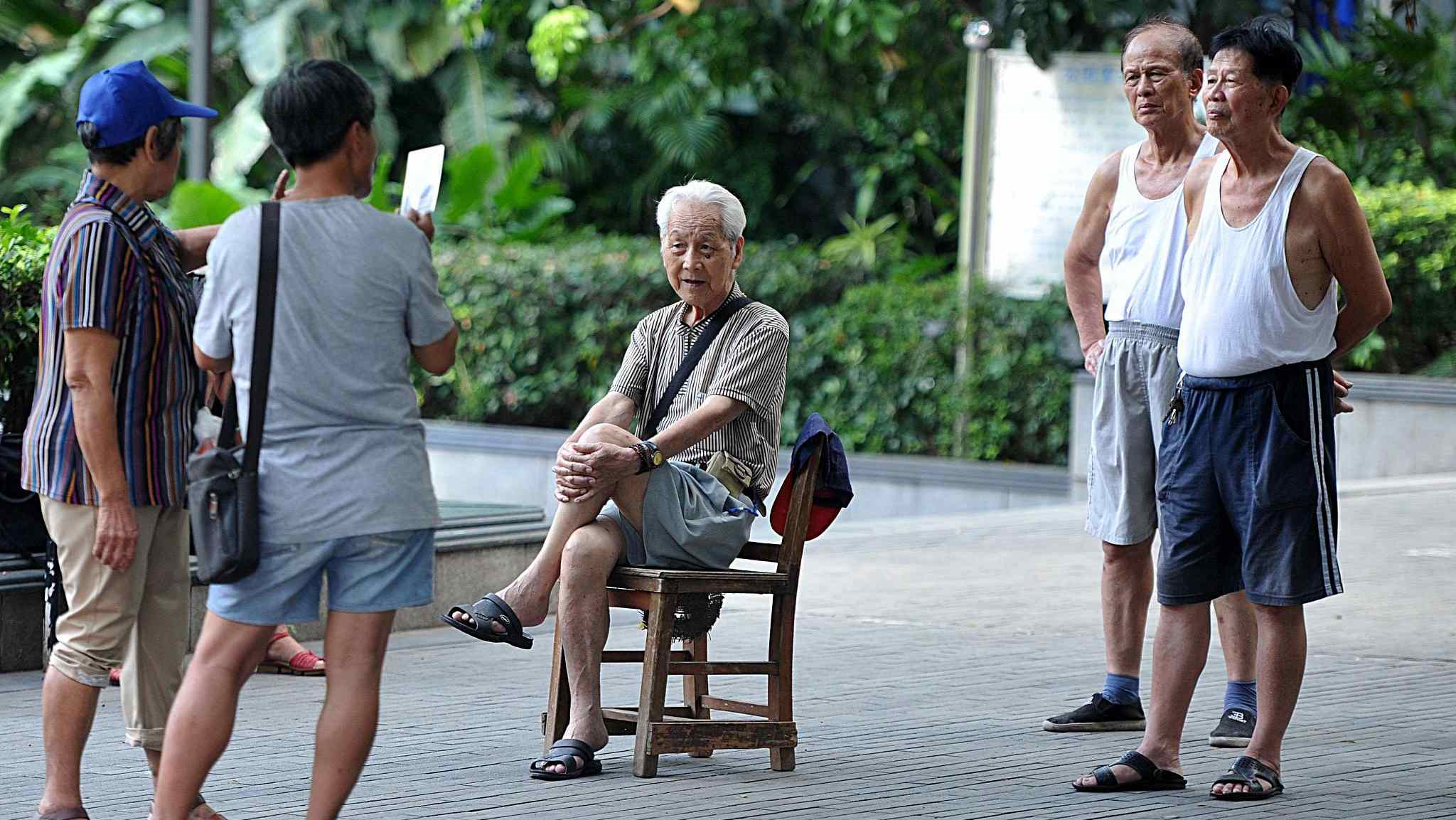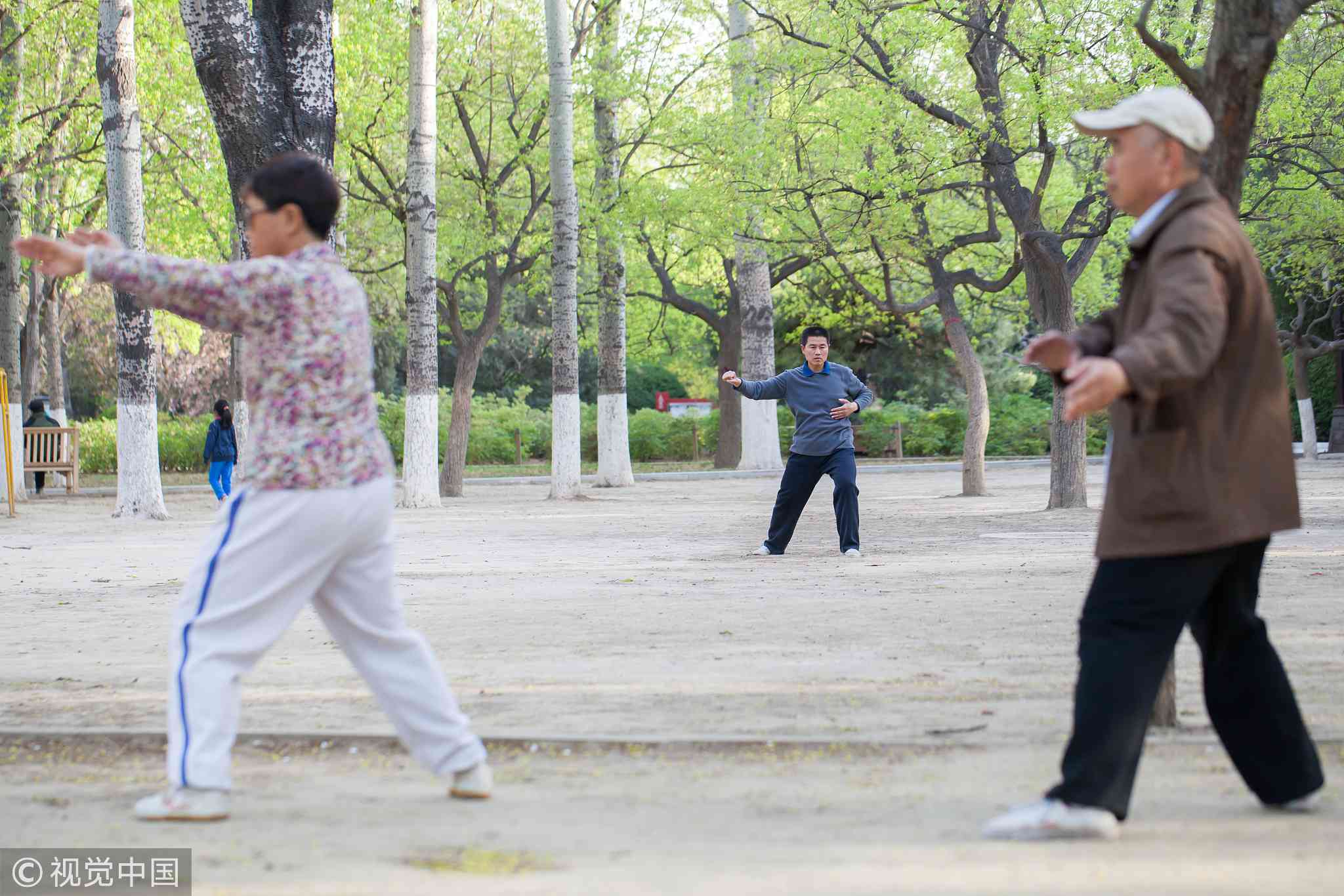
(Photo: CGTN)
In the not too distant future, China’s population will start to shrink. This will be an unprecedented demographic change in Chinese history in the absence of epidemics, famine, or conflict. Eventually, China will lose its position to India as the most populous country in the world, something the UN predicts will happen around the middle of the next decade.
This decline in population comes with social and economic challenges. When a population declines, the number of workers, alongside their output, might drop. This has led to some alarming predictions about China’s future growth potential. However, it is not all doom and gloom. Far from it. High standards of living are attainable despite significant population ageing. This is not always widely acknowledged.
There are two common misconceptions surrounding China’s demographic transition – one with regards to changes in household spending and a second regarding preparations for life in retirement.

People practice martial arts in Ditan Park on April 4, 2014 in Beijing, China. (Photo: VCG)
To understand the first issue – household dynamics and consumption – consider China’s small household size and high female labor participation rates. The average Chinese household consists of about three persons compared with India’s four-to-five. This is the result of China’s now abandoned one-child policy and continued low birth rates.
Then there is the participation of women in employment. Mao Zedong once famously declared that women “hold up half the sky”. In the 1970s, reforms were introduced to integrate women into the labor force by promoting education and employment opportunities. As a result, many Chinese women are employed and contribute to household income.
Thus, in the average Chinese household more people earn an income while there are fewer “mouths to feed” compared to, say, an average Indian household. And, as they age, many Chinese parents now see their sons or daughters leave home and start making a life on their own. They become “empty-nesters”. And many of them are in a comfortable financial position. Their mortgage is often paid off and there is already a nice car to impress the neighbors.
About 47 million Chinese live in homes where income exceeds 50,000 US dollars per year. The number of these households will likely grow and equal that of the US in the next two decades, reaching an estimated 222 million in 2038. Middle-aged people (40-64 years old) account for around 40 percent of this high-income bracket.

August 5, 2018, Guangzhou Haizhu District, an old man picks frozen food from the freezer. (Photo: VCG)
This means that incremental consumption in China is increasingly driven by these older, affluent “empty-nesters”. They are moving from acquiring possessions to spending on experiences. Clustered in wealthy, aspirational eastern China, they are on the look-out for better homes, healthier lifestyles, and a ticket to see the world.
Eventually, these older Chinese will retire. To some, this is a worry, given the absence of a well-funded pension system. Already, in parts of Asia, the absence of such a pension system is causing people to work longer and changes their saving behavior. Men in ROK and men in Japan face this reality now and tend to work the longest – nearly 30 percent of people from ROK aged over 65 are still employed.
To ensure continued consumption after the official retirement age, many will accumulate savings and build capital. This will be used to make investments in the domestic economy, allowing for economic growth. Think of pension funds investing in companies, buying bonds, issuing mortgages or buying commercial real estate. These investments will then help support longer-term per capita income growth.
This “capital deepening” is already unfolding in Japan and ROK, and there are signs that Chinese mainland will follow. Governments should support this trend with policies that encourage the accumulation of assets.
Thus, China’s demographic story is often misunderstood. This is not to say that the decline in population is without challenges. However, there are also opportunities. The emergence of a Chinese version of “dual-income, no kids” households will dramatically alter some of the dynamics in consumer markets.
Meanwhile, “capital deepening” should provide a boost to economic growth that offsets the primary effects associated with ageing – fewer younger people taking care of a growing group of elderly people. Ageing does not have to be a precursor of pending doom. Indeed, it is more likely that ageing can support growth.
With the right policies in place, it might well turn out in China that “old is gold”.


